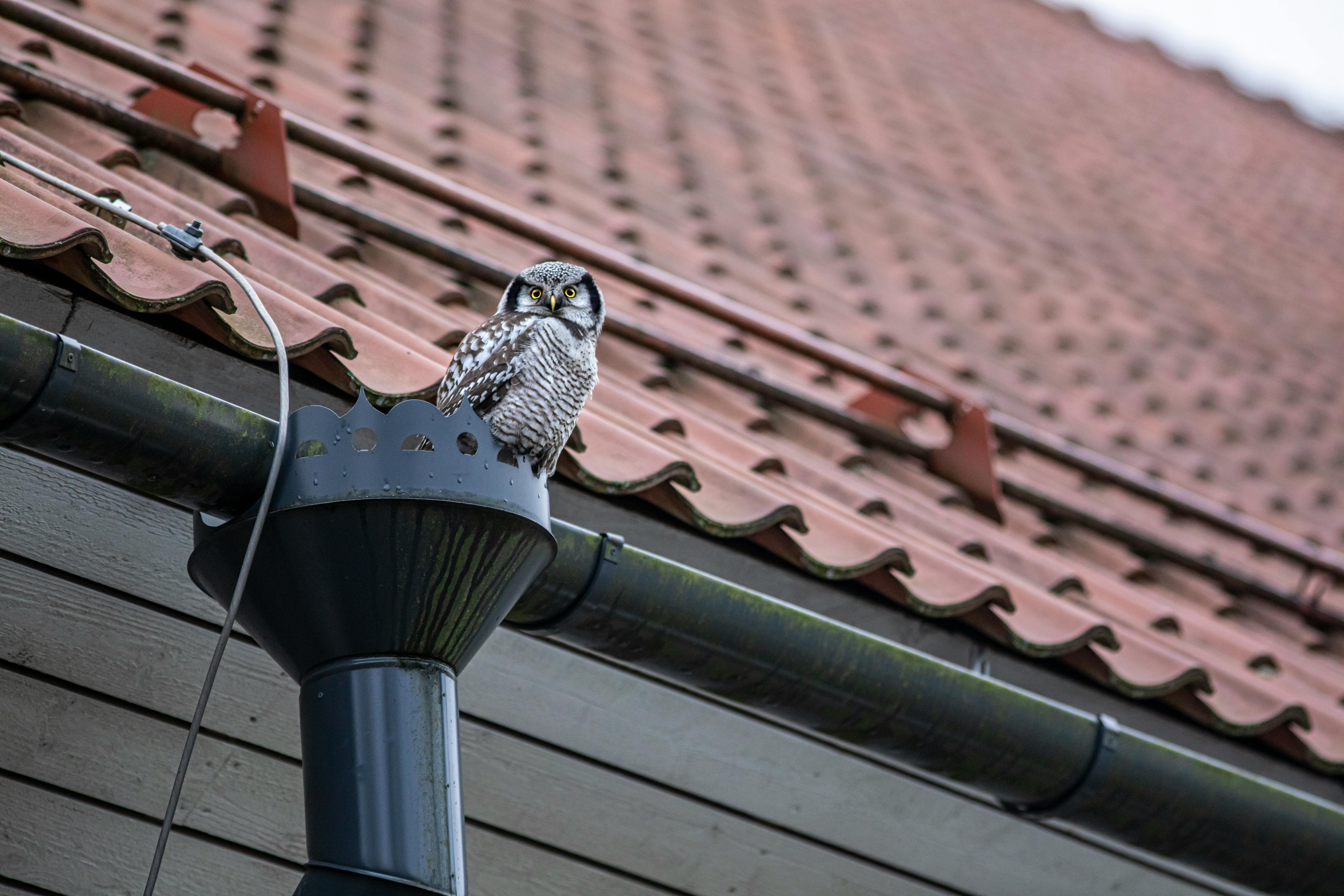
Imagine purchasing a home only to find out its riddled with rats while the home inspection found what appeared to be mice droppings.
That is the story of many new homeowners across BC.
Whether it’s a 100-year-old heritage house or a brand-new build, rodents and wildlife may consider your new home to be theirs too. Read on to discover what to look out for, how to humanely remove and permanently exclude unwanted guests.
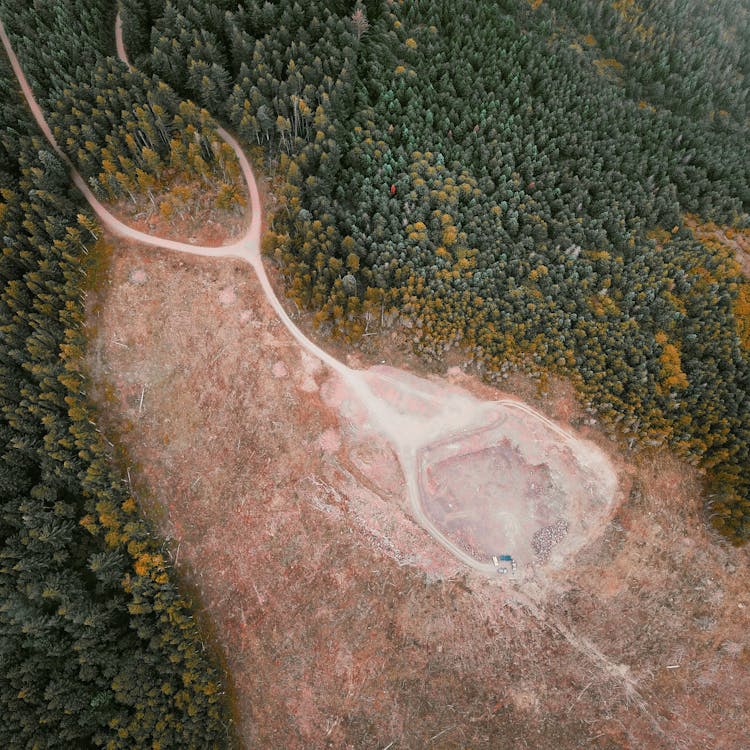
As resource exploration ventures into remote areas, wildlife living in these habitats require management to ensure their wellbeing, safety of crews and streamlined operations. Read on to discover when this would apply and what to do about it.
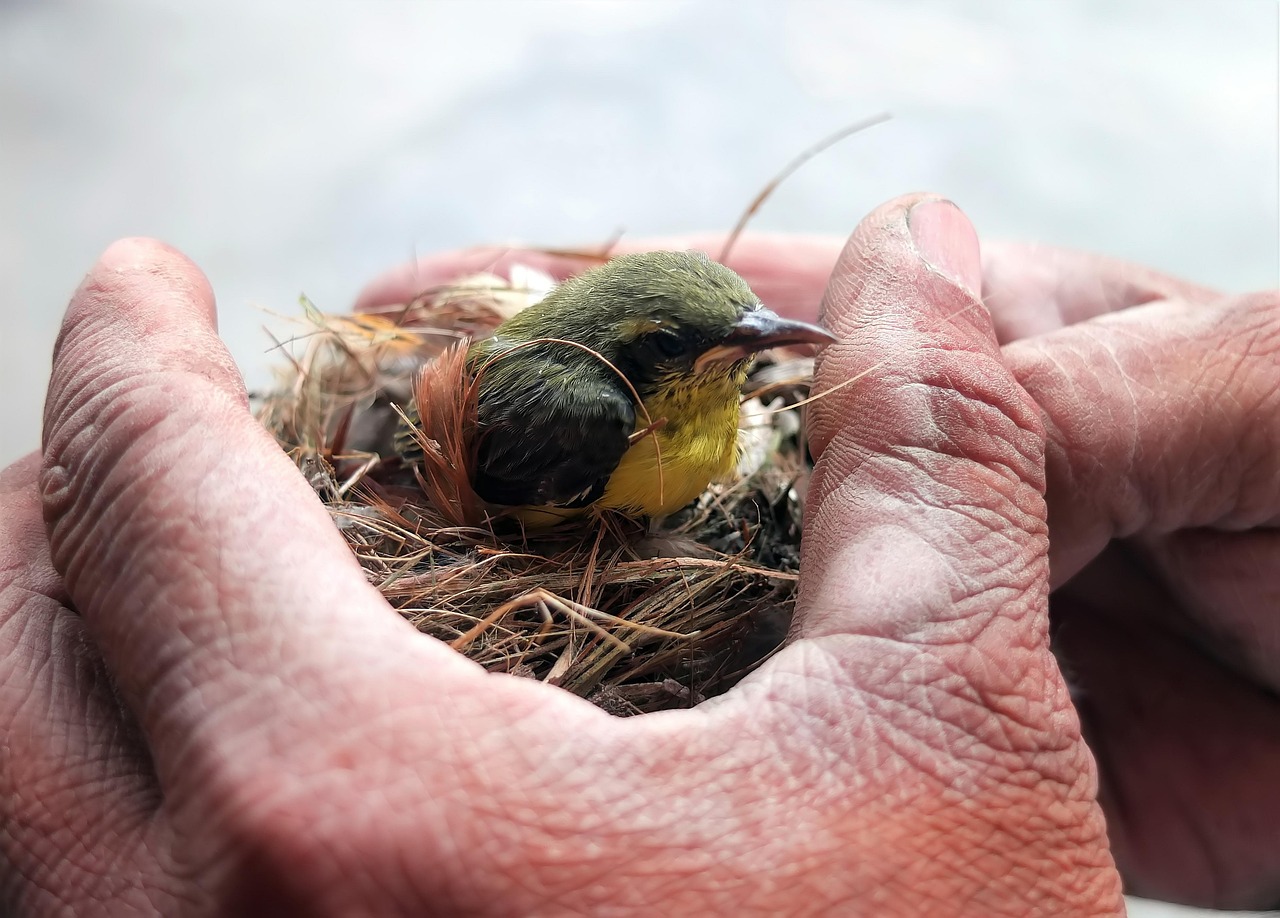
Spring is wildlife baby season, when many animals give birth and raise their young. A wonderful time of the year for both wildlife and humans alike, although conflict can arise when these new families are raised in or on peoples’ buildings. Read on to find out which species to look out for and what to do about it.
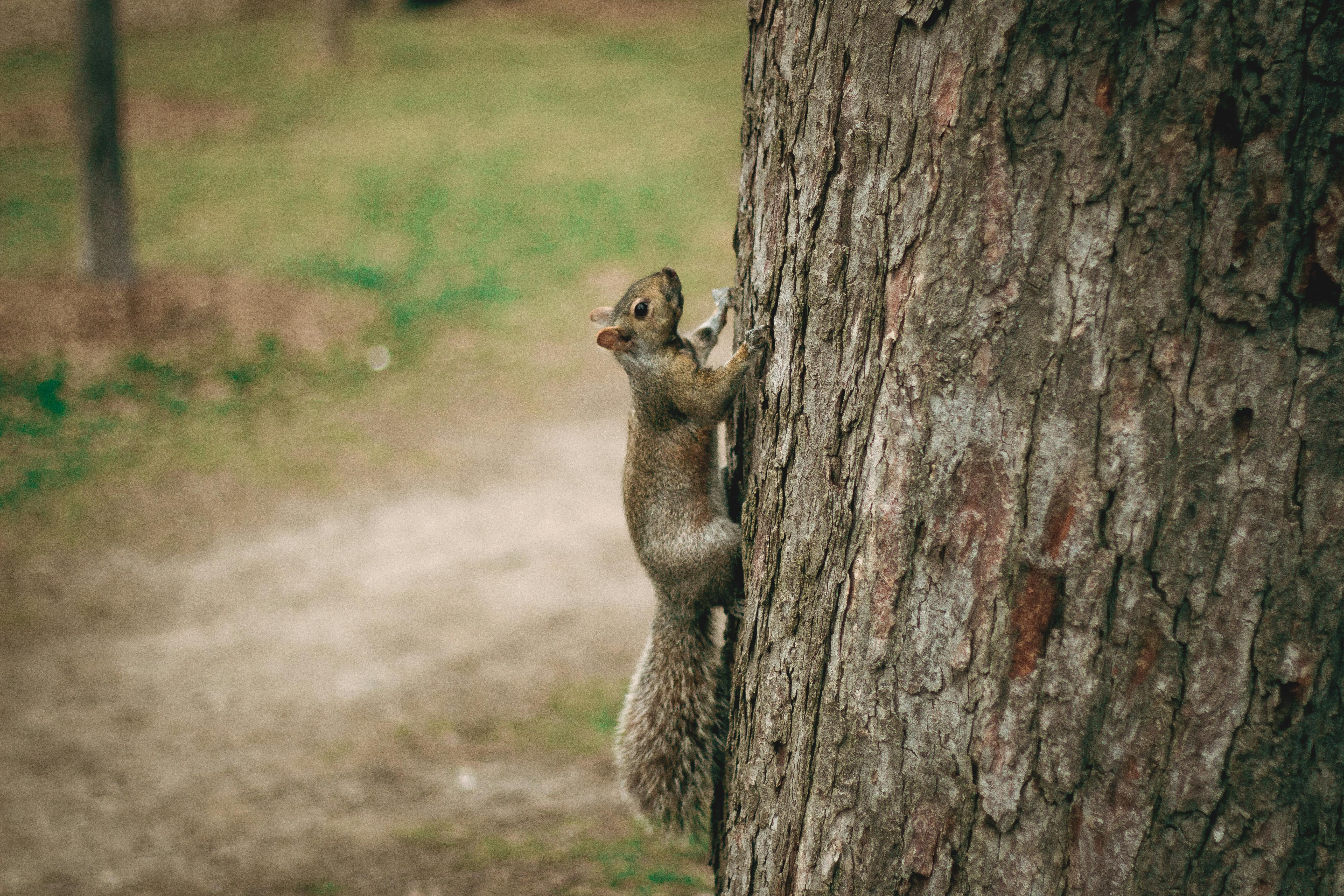
Overhanging branches and vegetation close to structures can be easily used by rodents and wildlife to access and explore buildings for entry points. Read on to find out what you can do to deter travel and prevent entry into your home.
Read more: Why are overhanging branches an issue on a house?
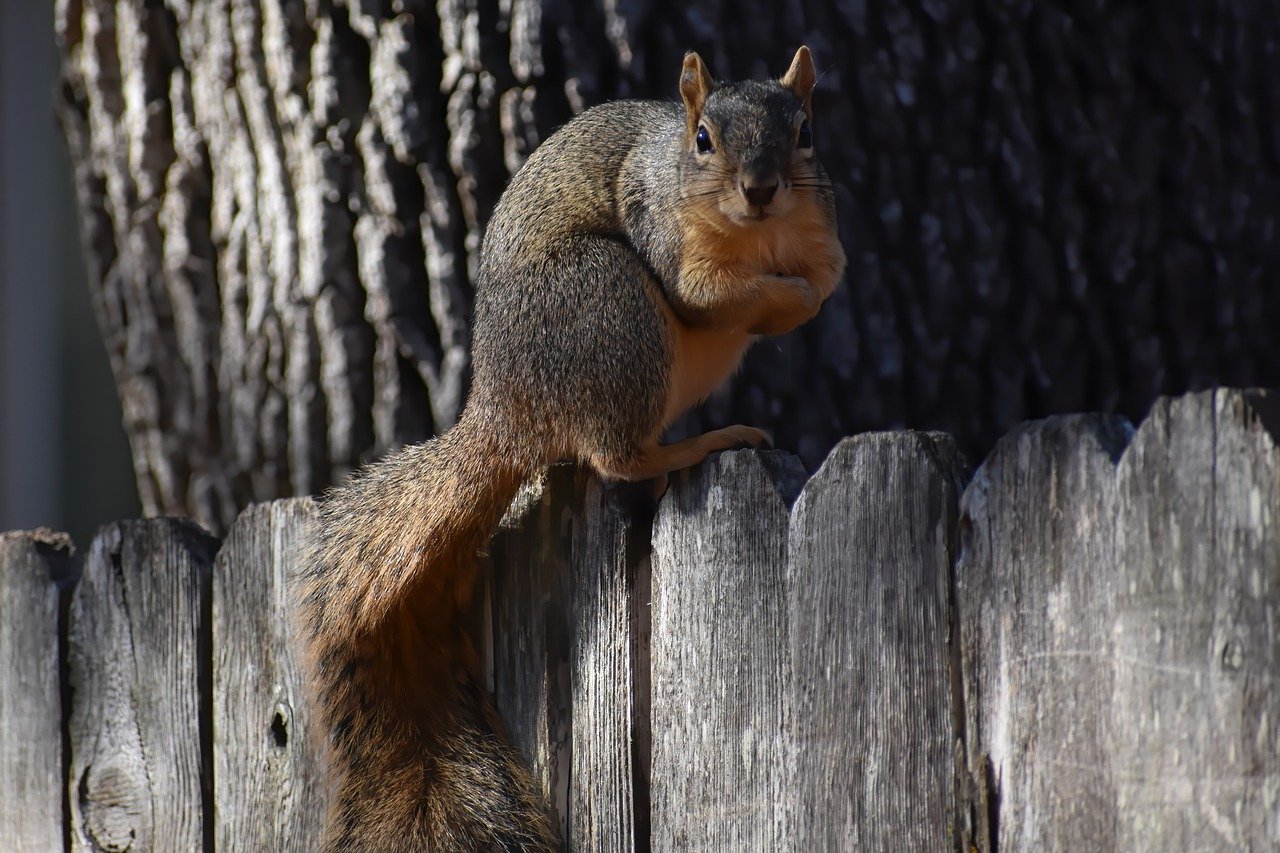
As winter approaches, changes in wildlife behaviour are driven by warmth, safety and food. Read on to find out what these changes look like and how to mitigate human-wildlife conflict as they prepare for the cold weather.
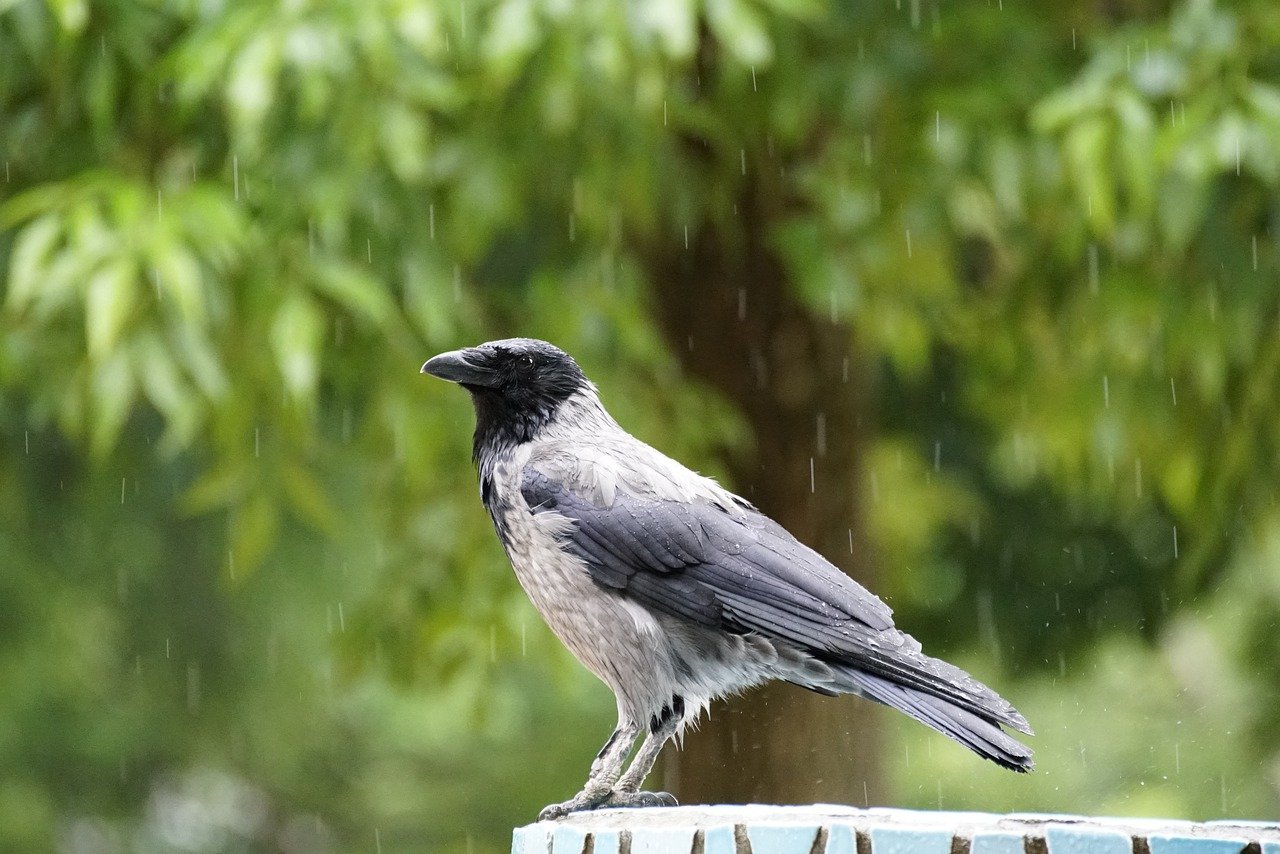
With the Pacific North West having experienced a recent 'bomb cyclone' that brought with it extreme winds, heavy rains and high tides, there was a notable impact on local wildlife. Read on to understand wildlife behaviour during storms and how this may impact your home.

